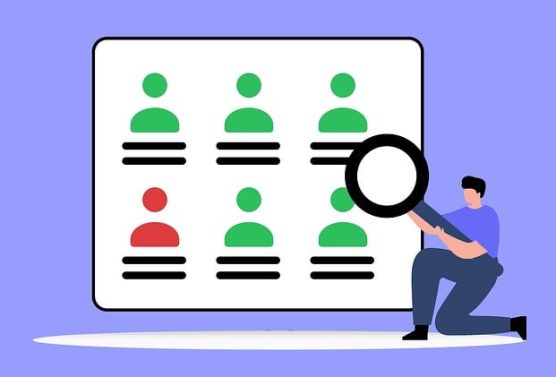Unfortunately, the collection and use of personal data by websites have become an ubiquitous part of our online experience. This process might seem mysterious, but it’s a well-structured system designed to understand user behavior, deliver personalized experiences, and enhance services. Have you ever noticed that after viewing a product online, you’re bombarded with ads for the same item or similar products on different platforms? This is no coincidence; it’s a result of how websites gather and utilize your data.
The concept of Personal Identifiable Information (PII) extends far beyond basic contact details. It encompasses a vast array of data types, each playing a crucial role in shaping your online experience. This comprehensive approach to PII has transformed the way websites interact with users, offering personalized content and enhancing user engagement. Here’s how the various data types collectively contribute to what is considered PII in the digital age:
- Behavioral Data: This type of data reveals your interactions with websites, such as the pages you visit, time spent on each page, clicks, searches, and items in your shopping cart. This information is integral to PII, as it provides a deep understanding of your preferences and online behavior, enabling websites to tailor their offerings and user experience accordingly.
Demographic Information: Your age, gender, location, language, and income level are key elements of PII. This information allows websites to segment their audience and personalize content and marketing strategies to suit different demographic groups, thus enhancing the relevance and effectiveness of their services.
- Device and Technical Data: The details about your device, including IP address, browser type, operating system, and screen resolution, also form a part of PII. This data helps websites optimize their functionality and security measures for various devices and platforms, ensuring a seamless and safe user experience.
- Cookies and Tracking Technologies: The use of cookies and similar technologies is crucial for tracking online behavior and preferences. These tools enable websites to remember user settings, authenticate identities, and provide personalized content. They also play a significant role in advertising and analytics, making them a vital component of PII.
- User-Provided Data: Information that you voluntarily submit via forms, surveys, or account registrations, like feedback, reviews, and survey responses, is considered PII. It offers websites direct insights into your opinions and preferences, enabling them to fine-tune their services to better meet user needs.
- Third-Party Data and Scripts: The integration of third-party services like social media plugins, advertising networks, and analytics tools contributes to PII as well. These services collect their own sets of data, often creating extensive profiles that reflect your behavior and preferences across multiple websites.
In this expanded view of PII, it becomes evident that almost every interaction and piece of data shared online contributes to your digital identity. As such, understanding and managing your online data is more important than ever. It’s crucial to stay informed and make conscious choices about how your information is used, ensuring your online presence aligns with your privacy preferences. If you own a website and want to make sure that you are doing everything you can to respect data collection and privacy, check out Clym here to get a free trial. Note that this is a referral link, but we do use the Clym service ourselves.

 Demographic Information: Your age, gender, location, language, and income level are key elements of PII. This information allows websites to segment their audience and personalize content and marketing strategies to suit different demographic groups, thus enhancing the relevance and effectiveness of their services.
Demographic Information: Your age, gender, location, language, and income level are key elements of PII. This information allows websites to segment their audience and personalize content and marketing strategies to suit different demographic groups, thus enhancing the relevance and effectiveness of their services.





